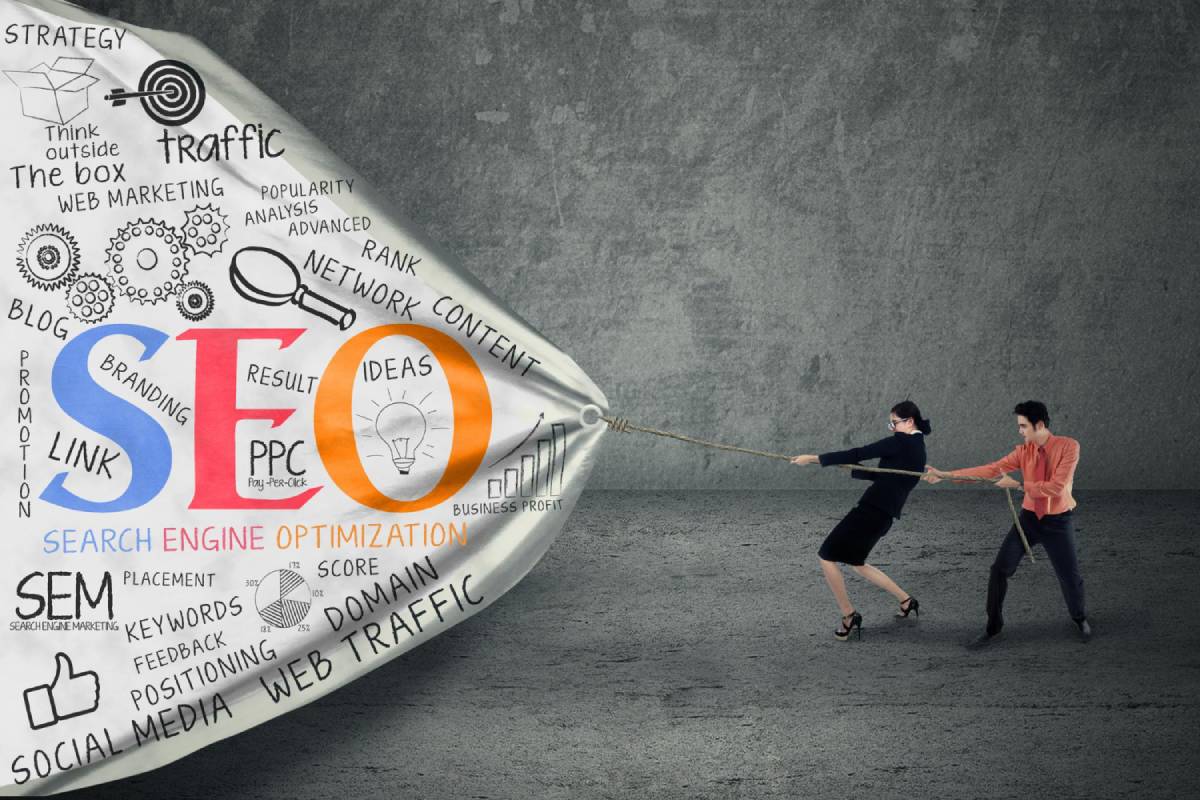Target Long-Tail Keywords for Specific Traffic
One of the most effective strategies in SEO is targeting long-tail keywords—those three- to five-word phrases that are more specific and less competitive than broad search terms. These keywords typically have lower search volumes but higher intent, meaning visitors are more likely to convert. Integrating long-tail keywords into your content, headers, and meta tags increases your chances of ranking for niche queries. By focusing on these specific phrases, your SEO efforts become more precise, helping you attract qualified traffic that’s actively searching for your solution.
Improve On-Page Optimization Fundamentals
Solid on-page optimization forms the backbone of any successful SEO strategy. Start by ensuring your title tags and meta descriptions are compelling, concise, and keyword-rich. Use heading tags (H1, H2, etc.) properly to structure content and improve readability. Optimize images with descriptive alt text, and include internal links to help search engines understand site hierarchy. Additionally, use clean URLs that incorporate target keywords. When done correctly, on-page SEO not only improves your visibility in search results but also enhances user experience and time-on-site.
Create Content That Satisfies Search Intent
Understanding and addressing user intent is crucial for effective SEO. Whether someone is looking to buy, learn, or compare options, your content must align with what they’re hoping to find. Use keyword analysis to determine intent—informational, navigational, transactional—and tailor your content accordingly. High-performing pages typically provide in-depth answers, clear structure, and relevant CTAs. To meet intent successfully, ensure your SEO content doesn’t just rank—it must deliver real value that satisfies what the user originally searched for.
Build Authoritative Backlinks for Higher Rankings
Backlinks remain a powerful ranking signal in SEO. Search engines view backlinks from reputable sites as endorsements of your content’s authority and quality. Focus on acquiring backlinks through guest blogging, creating original research, or developing shareable resources such as infographics or tools. Outreach to relevant industry websites and journalists can help gain organic mentions. A strong backlink profile not only improves domain authority but also boosts trustworthiness in search engines’ eyes, elevating your SEO presence and driving referral traffic.
Optimize for Mobile and Core Web Vitals
With mobile-first indexing and user experience signals influencing rankings, optimizing your site for mobile is essential in SEO. Ensure your design is responsive, content is easy to read on small screens, and navigation is intuitive. Additionally, pay close attention to Core Web Vitals—Google’s set of performance metrics that evaluate loading speed, interactivity, and visual stability. Tools like Google PageSpeed Insights and Lighthouse can help assess these elements. A site that performs well on mobile and scores high on Web Vitals sends strong positive signals for SEO success.
Use Internal Linking to Guide Traffic and Crawlers
Internal linking is a simple yet highly effective SEO technique that helps distribute page authority and keeps users engaged. By linking to related blog posts or service pages within your content, you guide both visitors and search engine crawlers through your website. This strategy improves indexation, reduces bounce rates, and strengthens the contextual relevance of your pages. Each internal link should use descriptive anchor text and point to high-value or relevant content. Consistent internal linking builds a well-connected site structure, supporting your overall SEO architecture.
Conclusion
Increasing web traffic through SEO is not about quick fixes—it requires consistent, strategic effort across content creation, technical optimization, and user experience. By targeting long-tail keywords, enhancing on-page elements, building backlinks, and aligning with search intent, you position your website for organic growth. Additionally, maintaining mobile performance, refining internal links, and updating older content help reinforce authority and usability. In 2025 and beyond, effective SEO hinges on providing genuine value, staying current with algorithm updates, and creating a site that search engines and users trust. With these tips, your path to higher traffic and better rankings becomes clearer and more achievable.
Frequently Asked Questions
- What is the fastest way to increase SEO traffic?
Targeting long-tail keywords and updating existing content often yields quick traffic improvements. - How important are backlinks for SEO?
Backlinks are crucial—they signal authority and significantly impact your rankings. - What are Core Web Vitals in SEO?
They are Google’s performance metrics focused on loading speed, interactivity, and visual stability. - Should I prioritize mobile optimization?
Yes, mobile-first indexing makes mobile usability essential for SEO performance. - How does internal linking help SEO?
It improves crawlability, user experience, and distributes link equity across your site. - How often should I update old content?
Review high-traffic pages quarterly and update them at least once or twice a year. - What is search intent in SEO?
It refers to the reason behind a user’s search—what they’re hoping to find or accomplish. - Do meta descriptions affect rankings?
Not directly, but they impact click-through rates, which can influence search performance. - Can SEO guarantee top rankings?
No, but consistent best practices significantly increase your chances over time. - Is SEO a one-time task?
No, SEO requires ongoing optimization, content updates, and adaptation to algorithm changes.







